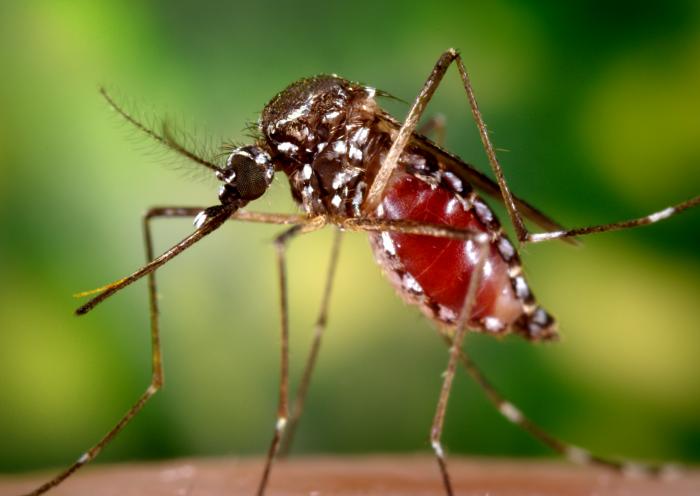By NewsDesk @infectiousdiseasenews
After reporting more than 400,000 dengue fever cases in 2019, Philippines health officials are reporting a significant decrease in cases during the first half of this year.

From 1 January to 18 July 2020, there have been a total of 55,160 dengue cases with 200 deaths (CFR 0.36%) reported. This is 66% lower compared to the 163,773 cases with 768 deaths (CFR 0.47%) reported in the same period in 2019.
The decrease in cases is demonstrated specifically at the provincial and municipal level.
In the Cordillera Administrative Region (CAR), from January to August 2020, there were 668 cases with two deaths compared to the 5,080 with 11 deaths in 2019.
In Kalinga province, dengue cases in the province dropped by 82.33% for the period January to July this year compared to the same period last year.
Provincial Epidemiology Surveillance Unit (PESU) Coordinator Jose Pardito Jr reported there are 115 cases recorded now while 651 cases were reported for the period in 2019.
And in the Eastern Visayas, recorded dengue cases since January of this year have decreased by 73 percent compared to the same period last year.
Philippines: Nearly 2,000 COVID-19 cases reported in Manila, DOH observes ‘World Mask Week’
As of Aug. 10, the region has 4,317 cases with nine deaths, lower than the 16,238 cases with 54 deaths recorded in the same period in 2019.
However, as Public Health nurse, Geeny Anne Austria of the Department of Health (DOH)–CAR said, “We have seen a decreasing trend here because possible patients for dengue are not going to health facilities. Another is that last year was the time of the cycle which was really high. This year, we are projecting a decrease in the number of cases but again the trend this year is different having a different characteristic”.
Philippines Business and Investments with Grace Tolentino, Chairman, Boracay Beach
Officials also remind the public to remain vigilant and continue the practice of the 4S strategy– search and destroy breeding places, seek early consultation, self-protection method and support fogging/spraying only in hotspot areas.
Subscribe to Outbreak News TV on YouTube
- Thailand: Chikungunya cases top 6,000, Dengue cases top 40K
- Paraguay reports most dengue cases in it’s history, COVID-19 pandemic has complicated the situation
- Peru COVID-19 cases top 500K, Vaccine ‘a universal public good’
- Ukraine: Anthrax case reported in Odessa
- Sudan ebolavirus and Marburg virus vaccine candidates: GeoVax announces multi-party collaboration
- Venezuela COVID-19: 1,000 additional cases reported, Maduro advisor test positive
- COVID-19 convalescent plasma therapy study: Treatment is safe and effective
- Portland: Small Pharaoh #1 food cart closed, Linked to Shigella outbreak


2 thoughts on “Philippines dengue cases down 66% in 2020”